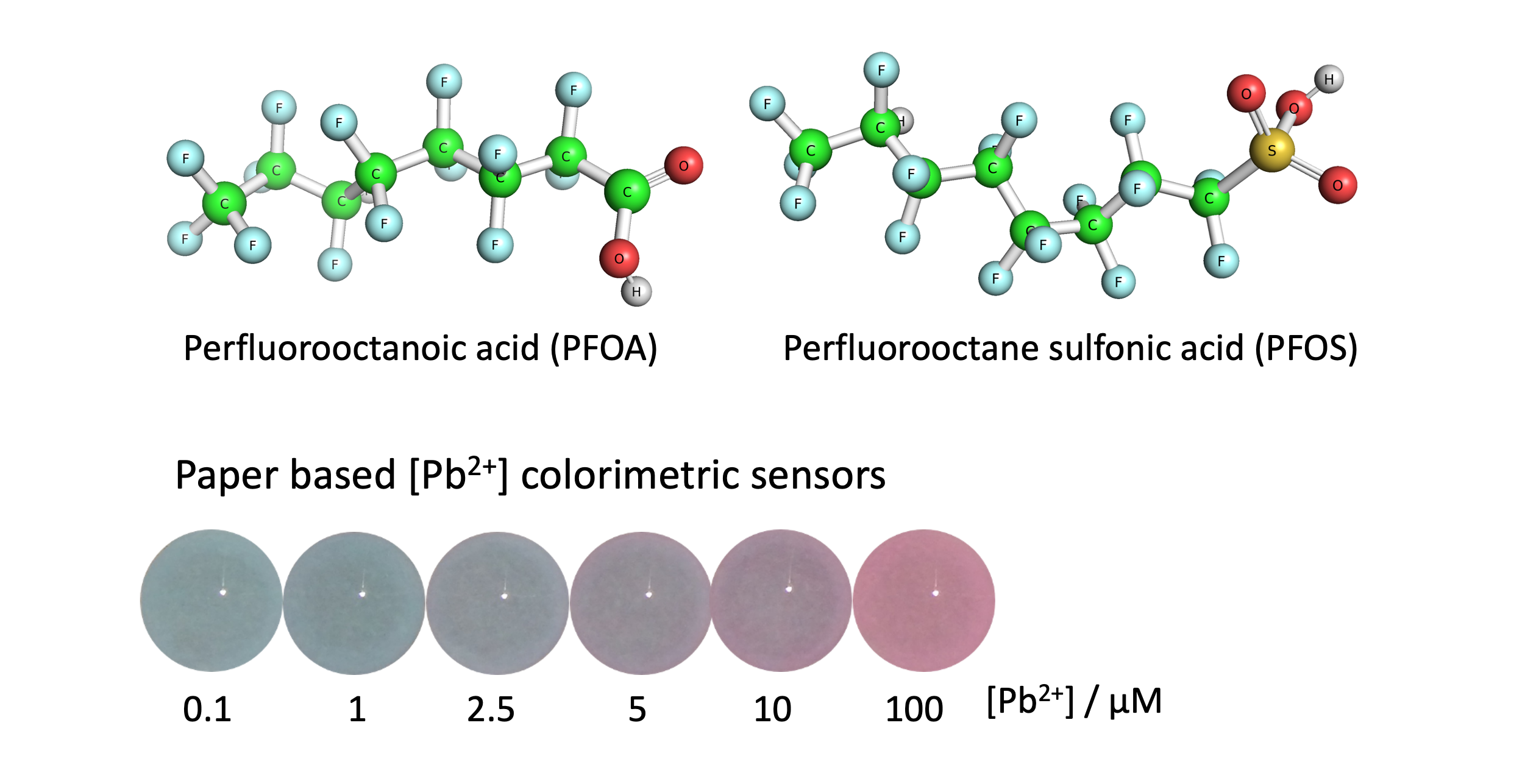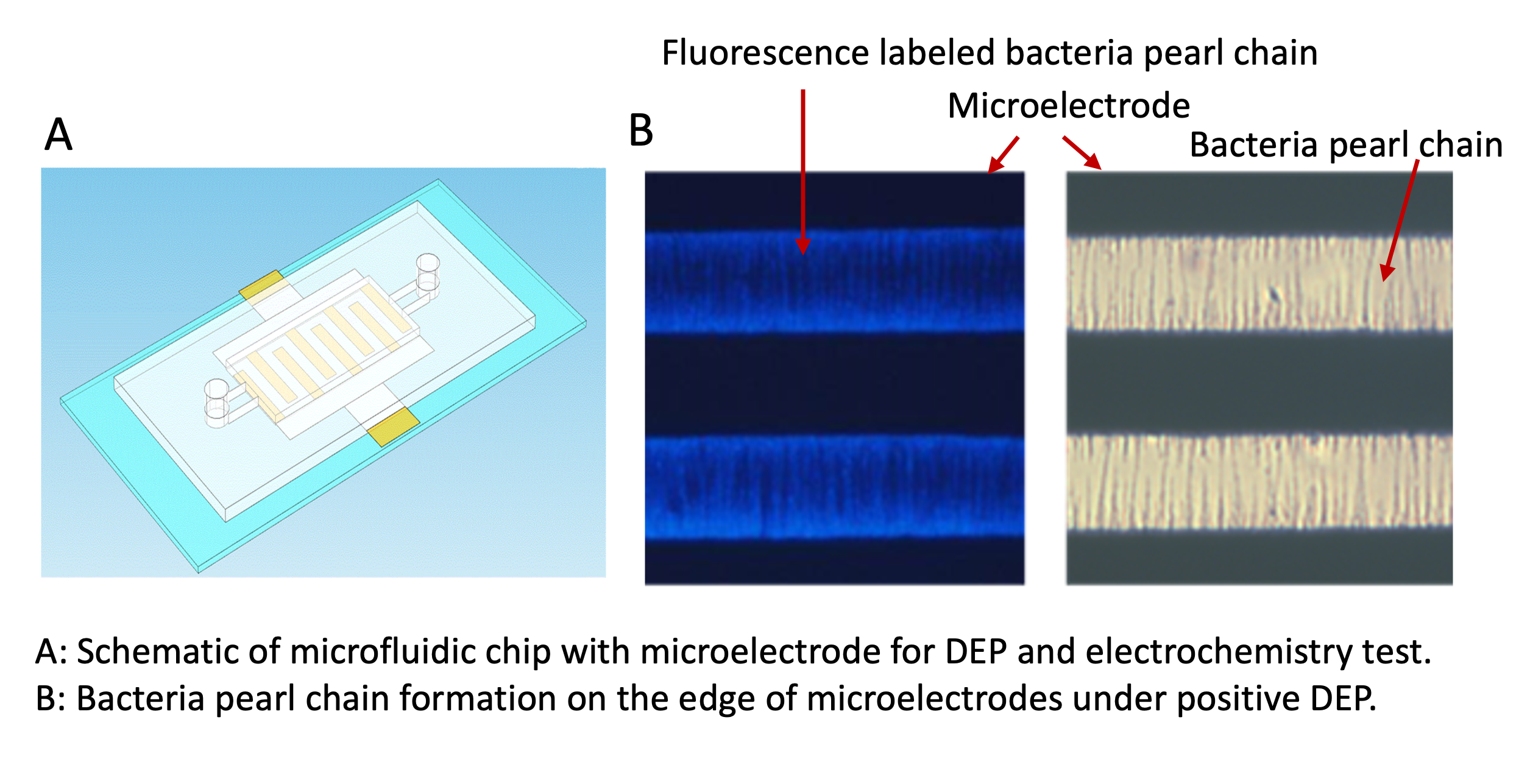1. Ionophore based electrolyte ion detection
Cellular pH (H+) and electrolyte ions (Na+, K+, Ca2+, etc.) are critical in various cellular processes. However, our understanding of the molecular mechanisms underlying ion physiology and pathology remains incomplete, partly due to the absence of practical tools that accurately measure cellular ion levels, distribution, and transport changes. It is highly desirable to have methods that can measure cellular pH and electrolyte ions with high spatial and temporal resolution while being minimally invasive, highly sensitive, and capable of providing real-time quantitative measurements. Ionophore-based ion-selective sensors exhibit exceptional ion specificity and flexibility that can finely tune the desired dynamic detection range. Ionophore-based ion-selective electrode technique has achieved significant commercial success in blood electrolyte analyzers. We are actively exploring the potential applications of ionophore-based ion-selective sensors in cellular and in vivo settings, as well as their integration into portable devices.

2. Trace environmental pollutant sensing
Environmental pollutants significantly impact human health while also causing devastating effects on ecosystems. High costs, time-consuming procedures, and reliance on sophisticated instruments often characterize the methods for environmental pollutant detection, hindering the investigation and mitigation of environmental pollution problems. There is an increasing need for rapid, sensitive, and low-cost measurement methods that can effectively employ in field and laboratory applications. Our research group is currently engaged in a comprehensive exploration of the challenges involved in environmental pollutant detection. We harness colorimetric sensors and microfluidic analysis to develop innovative methodologies that exhibit significant potential in providing cost-effective, portable, and expeditious detection. Currently, we are placing a specific emphasis on targeting per- and poly-fluoroalkyl substances (PFAS) and heavy metal ions.

3. Pathogenic bacteria rapid detection and biofilm monitoring
The presence and growth of pathogenic bacteria and biofilm pose significant challenges in various fields, including healthcare, food safety, and industrial settings. Microfluidic chips have exhibited considerable promise in sensitive and real-time bacteria detection. Our group aims to leverage a compact microfluidic platform incorporating chemical and biological functional units to rapidly identify and detect bacteria and biofilm across diverse sample types. Moreover, we are integrating electrochemical detection and dielectrophoresis (DEP) technology, enhancing our approach's accuracy and efficiency.

